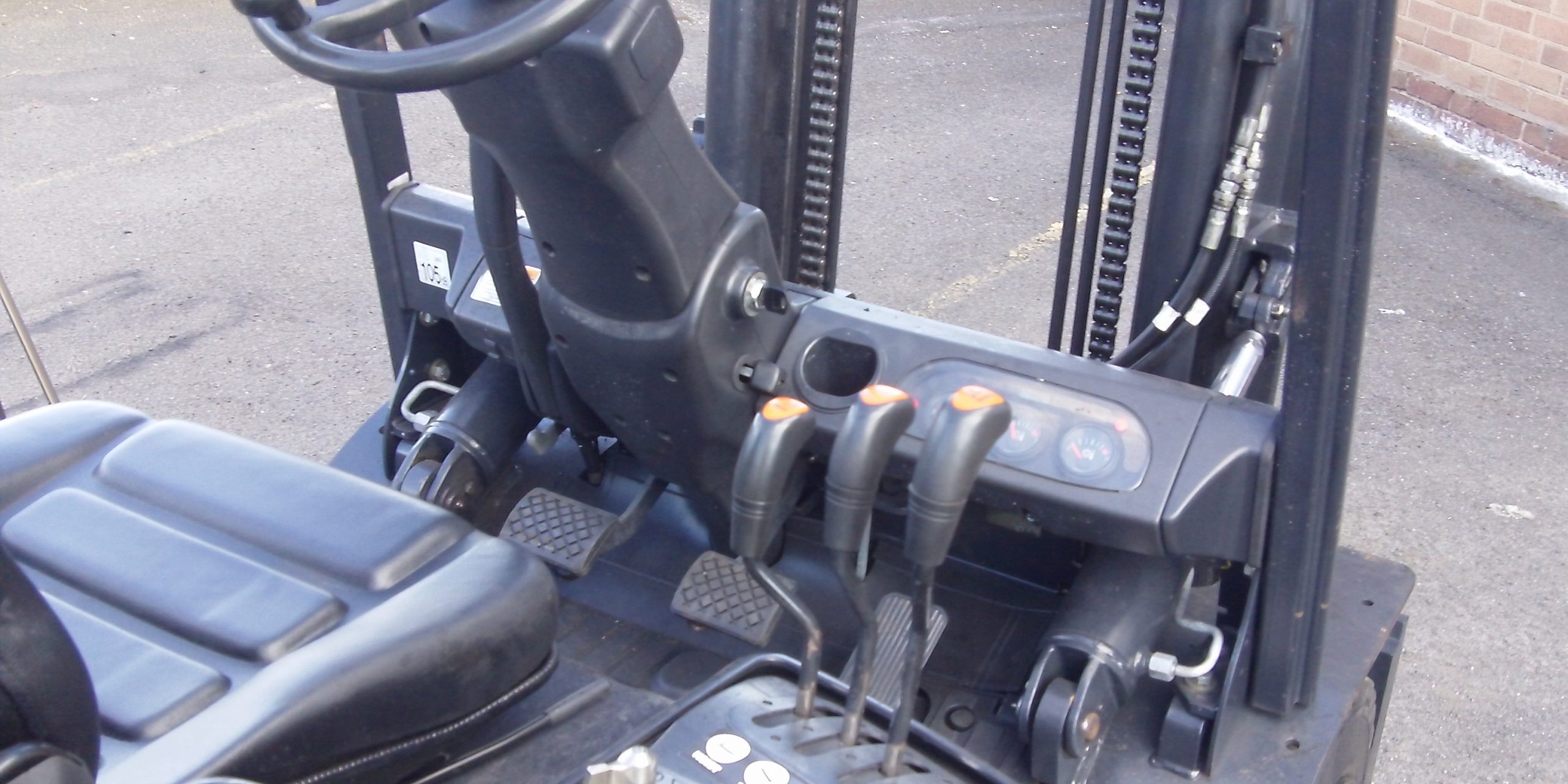If you currently operate a busy warehouse or construction site, you’ll be well aware that forklift trucks can be an invaluable resource. Dependable and powerful, forklifts in their varied types are the workhorse of most industrial operations. By lightening the loads carried by your workforce and saving you time and money, they can lift serious weight and get it swiftly and safely where it needs to go.
Exactly how swiftly forklifts can get from A to B might be an issue of interest, particularly if you have long distances to cover on a large-scale site or simply a bustling operation that must work at a rapid rate to fulfill orders.
In the following sections, we’ll look at the speed capabilities of forklift trucks, what factors can impact their rate of travel, suggested speed limits regarding safety concerns, and whether new electric models are able to outrun their more conventional counterparts that are still powered by internal combustion engines. If you’ve been considering the question, “how fast can forklifts go?”, read on for all the information you need.
Understanding forklift speeds
Forklift vehicles are not typically associated with travelling at high speeds. However, due to their considerable weight and the extremely heavy loads they are sometimes transporting, they do not have to be going too fast to become a hazard. For this reason, forklift operators must have suitable skills that enable them to handle the equipment safely, as even improper steering can easily result in health and safety issues.
While there isn’t an official forklift truck driver’s licence, operators must undergo forklift training periodically to ensure they are proficient to use vehicles safely, and this includes the speed to drive them at. Many types of forklift trucks are capable of speeds over 22 kilometres an hour, but whether it is wise to operate them at this rate or not is left to individual operations to decide.
Every site will need to perform its own risk assessment for forklift vehicle use and decide what speed lift trucks should be used at. It is common for many locations that use forklifts extensively to use signage around their sites that display different speed limits as we do on roads, but others will simply have a rule for using them indoors and outside.
Another option employed on sites seeking to enhance safety levels is to install speed bumps to impede forklift vehicles from travelling too quickly. This can be particularly important where pedestrian workers are present.
Some firms will fit their onsite forklifts with speed limiting devices to ensure operators can’t exceed the established limits while others will install alarms. If the forklift driver goes over the limit, a loud siren will sound, sometimes with flashing lights to inform them of their error. While speed limiters will control the vehicle’s throttle system, they will in no way impact lifting power.
What factors affect the speed of forklift trucks?
The speed that a forklift truck is able to achieve may be affected by a number of different factors. These include their make and model, as well as their age and how well they are maintained. Manufacturers will generally offer recommended maximum speeds for their equipment to be operated safely.
Setting safety limits for fork truck speeds onsite
While there are no fixed restrictions for forklift speeds, guidelines suggest that vehicles should operate at speeds of no more than 20 kilometres an hour outdoors and 10 kilometres an hour indoors, especially in areas where they may encounter pedestrian activity. However, the speeds permitted on-site may be less than these suggested limits, depending on several factors.
As a rule, the heavier a vehicle is, the lower its speed should be, so a small pump truck will be allowed to travel faster than a heavy-duty forklift, for example. Environmental conditions are also a concern; where floors are slippery and braking is more difficult, slower speeds are recommended. Areas with poor driver visibility demand less speed, as do areas with curves, ramps, and obstacles.
Finally, for the safety of operators and those working nearby, sharp turns should never be taken at speed. Forklift trucks should always be driven at a speed that allows their operator to brake in a controlled and safe manner.
Which forktrucks are faster: gas and diesel or electric?
Electric forklifts are becoming popular in greener operations that are looking to lower their carbon emissions. In terms of speed, these battery-powered vehicles can deliver the same performance as those with internal combustion engines running on fossil fuels. Due to the safety limits regarding forklift speeds, no noticeable difference will be found between the two types of forklifts.
Do you need a high-quality forklift for your West Midlands firm?
If your company requires forklift hire, Midlands-based, our team at West Mercia Fork Trucks can provide all the material handling solutions you require. Whether you’re located in Warwickshire, Worcester, Shropshire, or Staffordshire, we have short and long-term hire contracts available for equipment with a fleet of over 500 vehicles for you to select from.
Contact (https://westmercia.co.uk/contact/) our expert team today for advice on available options or browse our range online for the ideal solution to suit your needs.







